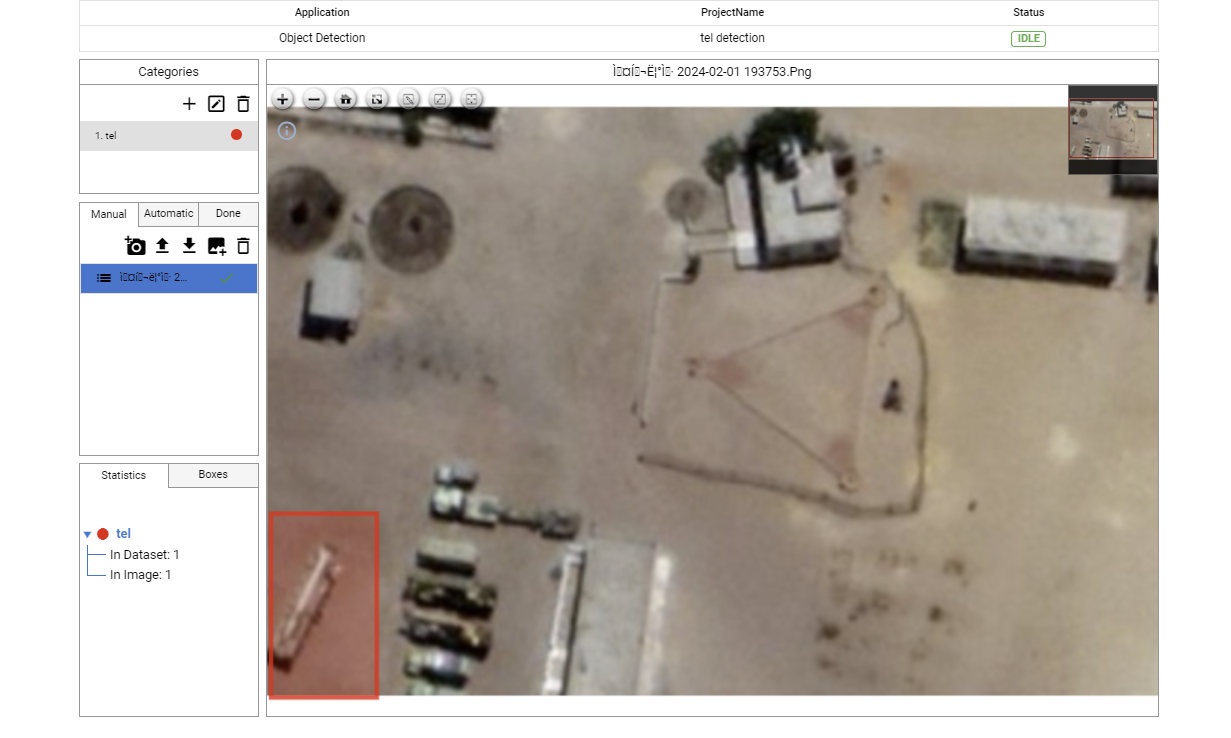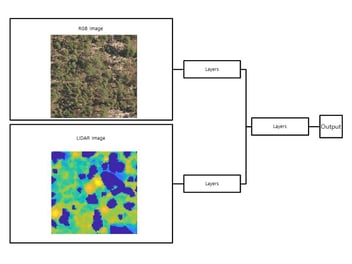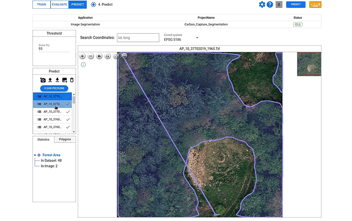Mastering Few-Shot Learning: Techniques and Applications

Discover the powerful techniques and real-world applications of Few-Shot Learning in the fields of computer vision and remote sensing.
Understanding Few-Shot Learning
Few-Shot Learning is a subfield of machine learning that focuses on training models with limited labeled data. Unlike traditional machine learning approaches that require large amounts of annotated data, few-shot learning algorithms aim to learn from only a few examples per class. This makes few-shot learning particularly useful in scenarios where collecting large amounts of labeled data is expensive, not possible or time-consuming.
One key challenge in few-shot learning is the ability to generalize well to unseen classes. Since the models have to learn from only a few samples, they need to effectively capture the underlying patterns and concepts to make accurate predictions on new classes. Various techniques, such as meta-learning and metric-based approaches, have been developed to address this challenge and improve the performance of few-shot learning models.
By understanding the principles and techniques behind few-shot learning, researchers and practitioners can leverage this approach to tackle real-world problems in computer vision and remote sensing more effectively.
Applications in Computer Vision
Few-shot learning has found numerous applications in computer vision. One of the key areas where few-shot learning has shown promising results is object detection. Traditional object detection methods require a large amount of labeled data for training, which can be impractical in certain scenarios. Few-shot learning algorithms, on the other hand, can learn to recognize new objects with only a few examples, making it a valuable tool for object recognition tasks.
Another application of few-shot learning in computer vision is image segmentation. Image segmentation involves dividing an image into different regions based on their visual characteristics. Few-shot learning can be used to train models that can segment new objects or classes with only a few annotated examples.
Overall, the ability of few-shot learning algorithms to learn from limited labeled data makes them highly valuable in various computer vision tasks, enabling researchers and practitioners to tackle challenging problems more efficiently.
Advantages of Few-Shot Learning in Remote Sensing
Remote sensing is a field that involves the collection and analysis of data from a distance, typically using satellites or aerial platforms. Few-shot learning offers several advantages in remote sensing applications.
Firstly, remote sensing data is often limited and expensive to collect. By leveraging few-shot learning techniques, researchers can build models that require less annotated data, reducing the cost and time associated with data collection.
Secondly, the ability to learn from few examples allows remote sensing models to adapt quickly to new classes or concepts. In dynamic environments where new types of objects or phenomena may emerge, few-shot learning enables the models to learn and recognize these new classes without the need for extensive retraining.
Lastly, few-shot learning can help overcome the challenge of imbalanced classes in remote sensing. In many remote sensing datasets, certain classes may have a limited number of samples, while others may be more abundant. Few-shot learning algorithms can balance the learning process and prevent biased predictions by effectively utilizing the available samples.
In conclusion, few-shot learning provides significant advantages in the field of remote sensing, enabling researchers to build robust and adaptable models with limited labeled data.
Deep Block and Few-Shot Learning
Deep Block, an advanced computer vision AI suite designed specifically for high-resolution images like remote sensing images, empowers users to effortlessly create and utilize their own computer vision models without any coding requirements. While the free public version of Deep Block currently does not include few-shot learning models, the team behind Deep Block is dedicated to meeting the diverse needs of their customers. Therefore, if necessary, we are more than capable of providing a deep block with a few-shot learning model, ensuring that users can leverage this powerful technique to enhance their computer vision tasks.





